Can you borrow extra money on your mortgage for renovations?
This article is by Logan Home Loans.
Helping families & businesses with their finance goals!
When it comes to home renovations, many homeowners are looking for ways to finance their projects. One option is to borrow extra money on your mortgage, also known as refinancing for renovations. Refinancing for renovations can be a great way to access the funds you need to make improvements to your home.
But before you decide to refinance for renovations, it’s important to understand the process and the potential risks and rewards. In this blog post, we’ll explore the basics of refinancing for renovations, including how it works, the pros and cons, and how to decide if it’s the right choice for you.
What is Refinancing for Renovations?
Refinancing for renovations is the process of taking out a new loan to pay off an existing mortgage and then using the additional funds to pay for home improvements. This type of refinancing can be a great way to access the funds you need to make improvements to your home without taking out a separate loan.

When you refinance for renovations, you’ll typically be able to borrow up to 80% of the value of your home. This means that if your home is worth $200,000, you could potentially borrow up to $160,000. The amount you’ll be able to borrow will depend on your credit score, income, and other factors.
Pros and Cons of Refinancing for Renovations
Refinancing for renovations can be a great way to access the funds you need to make improvements to your home. But it’s important to understand the potential risks and rewards before you decide to refinance. Here are some of the pros and cons of refinancing for renovations:
Pros:
• Lower interest rate: Refinancing for renovations can help you secure a lower interest rate on your loan, which can save you money in the long run.
• Access to funds: Refinancing for renovations can give you access to the funds you need to make improvements to your home.
• Tax benefits: You may be able to deduct some of the interest you pay on your loan, which can help reduce your tax bill.
Cons:
• Closing costs: Refinancing for renovations can come with closing costs, which can add to the cost of the loan.
• Longer loan term: Refinancing for renovations can extend the length of your loan, which can mean more interest payments over the life of the loan.
• Risk of foreclosure: If you’re unable to make your payments, you could risk foreclosure.
How to Decide if Refinancing for Renovations is Right for You
Refinancing for renovations can be a great way to access the funds you need to make improvements to your home. But it’s important to make sure it’s the right choice for you. Here are some things to consider when deciding if refinancing for renovations is right for you:
• Your financial situation: Make sure you can afford the additional payments and that refinancing won’t put you in a worse financial situation.
• Your credit score: Your credit score will determine the interest rate you’ll be offered, so make sure it’s in good shape before you apply.
• Your goals: Make sure refinancing for renovations is the best way to achieve your goals.
• Your timeline: Consider how long it will take to complete the renovations and make sure you’ll be able to make the payments on time.
Refinancing for renovations can be a great way to access the funds you need to make improvements to your home. But it’s important to understand the process and the potential risks and rewards before you decide to refinance. Make sure you consider your financial situation, credit score, goals, and timeline before you decide if refinancing for renovations is right for you.




